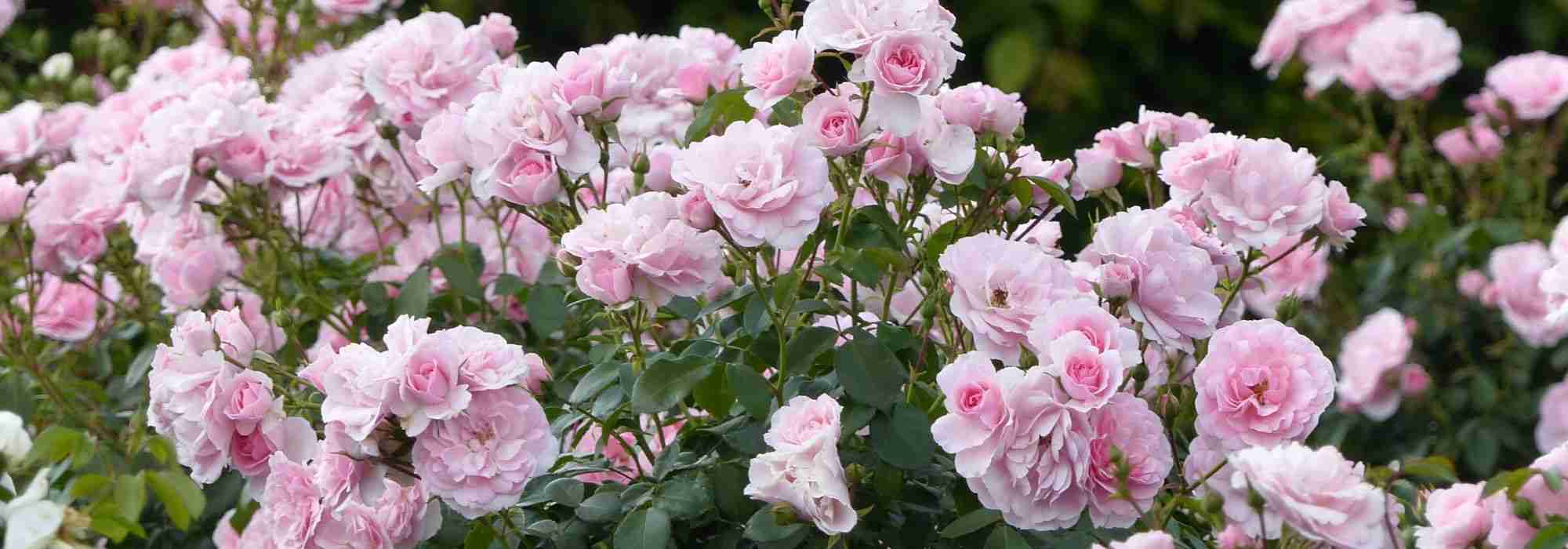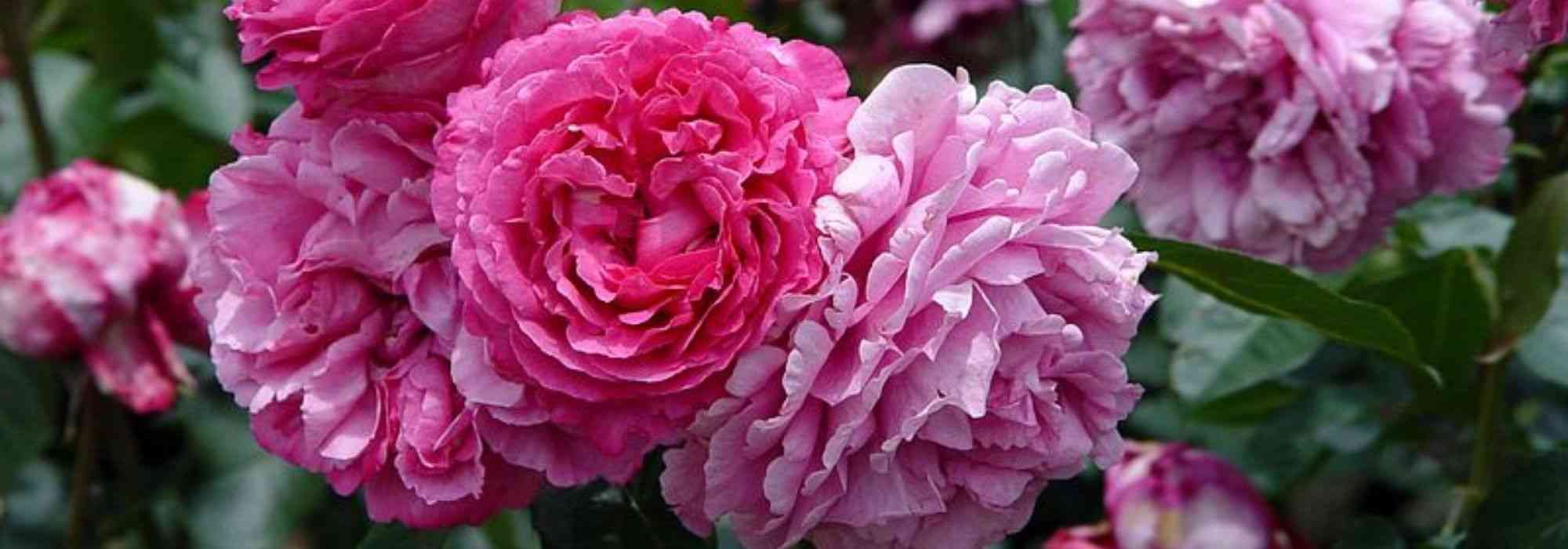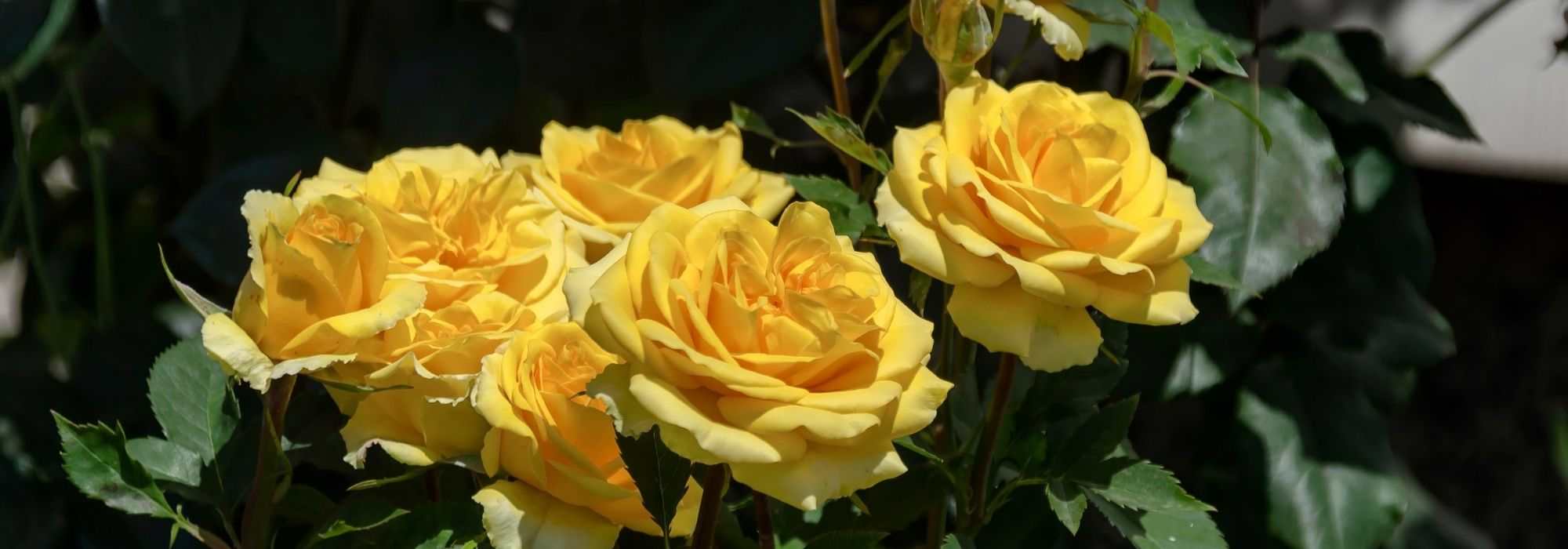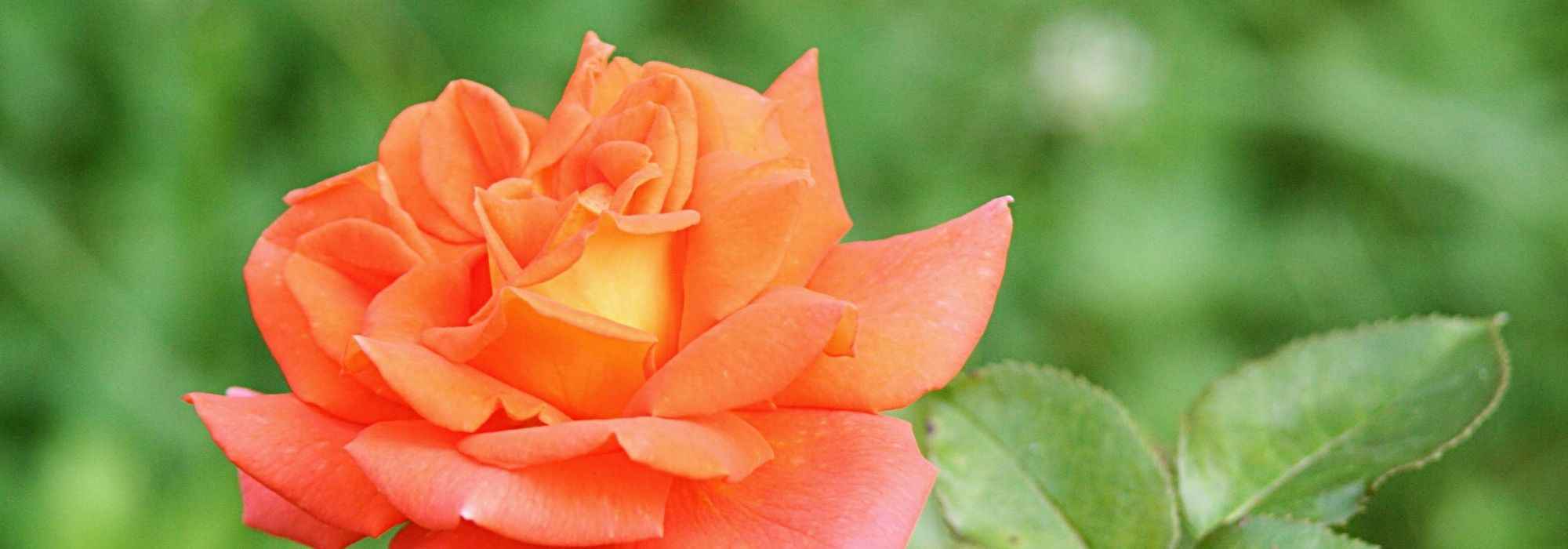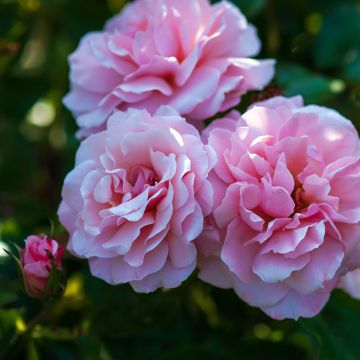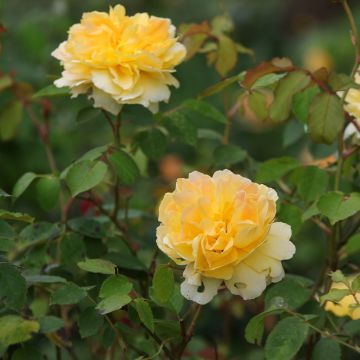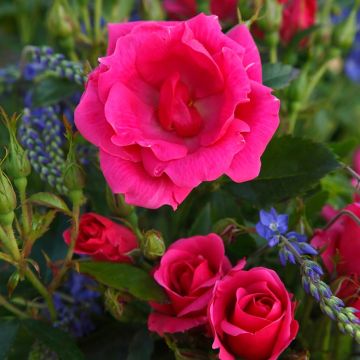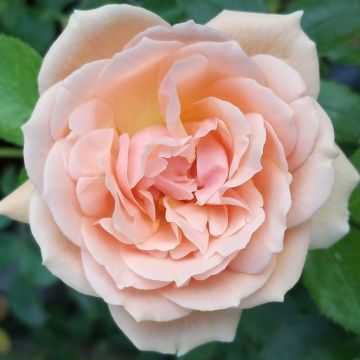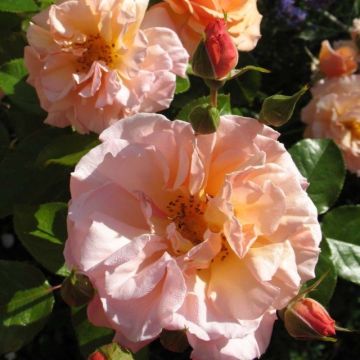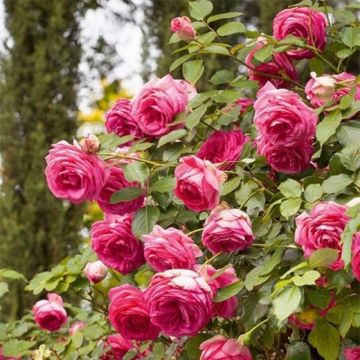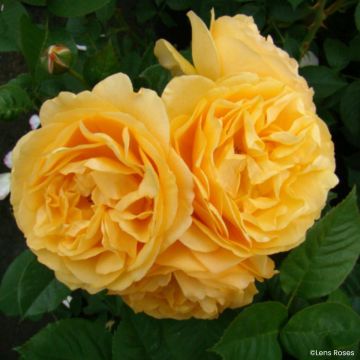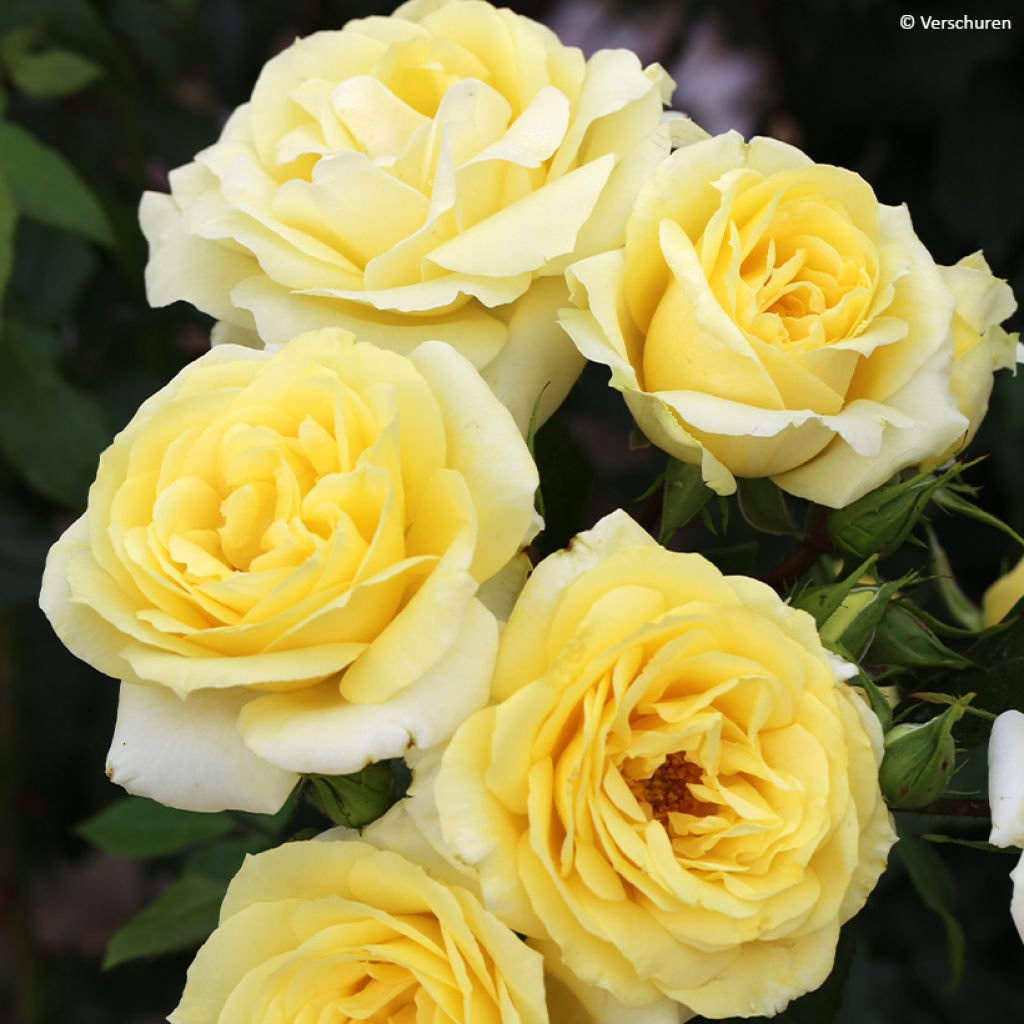

Rosa Eleganza Limona
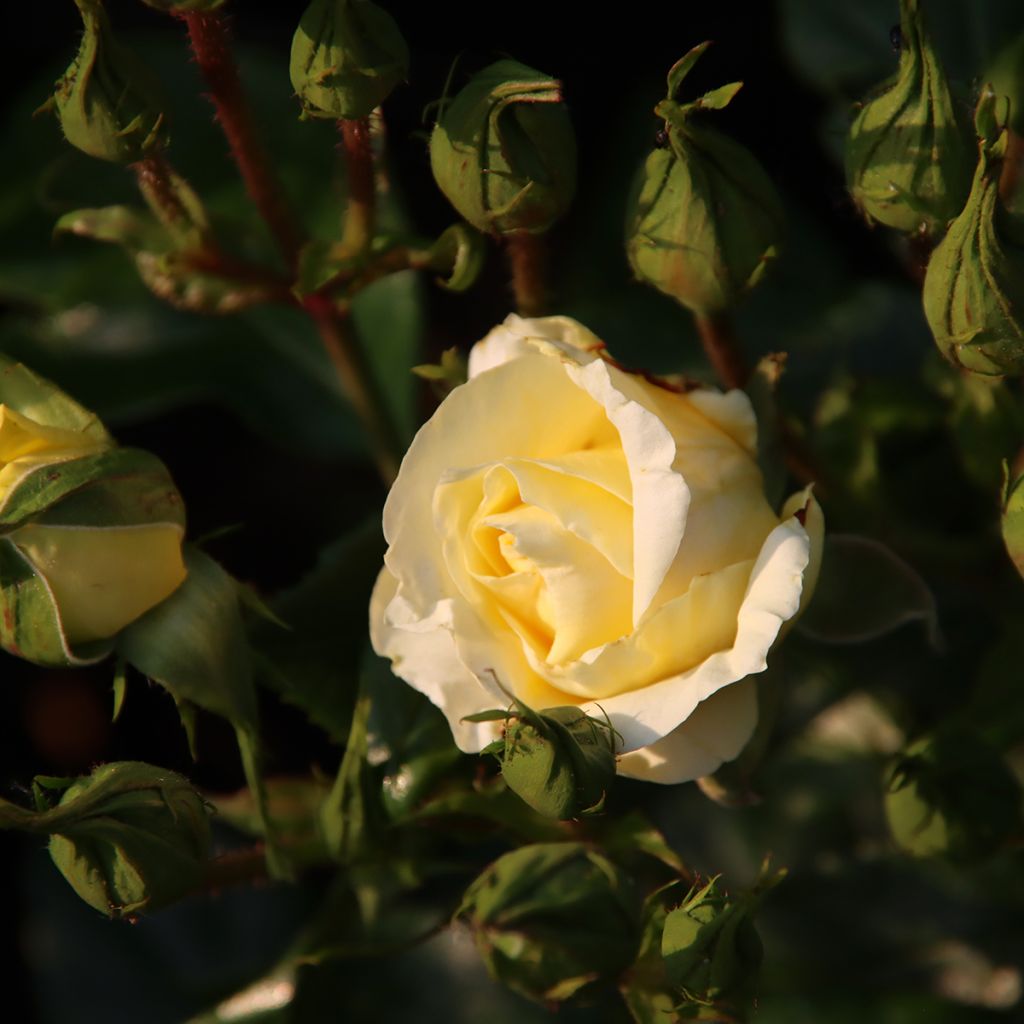

Rosa Eleganza Limona
Rosa Eleganza Limona
Rosa Eleganza® Limona® 'KORmonali'
Hybrid Tea Rose
Thanks to the individuals (for order preparation and shipping), the bare root rose received appears healthy to me. Planted near the 'Bordure Camaïeu' variety, I am now patiently waiting for it to take root... or not?
Thierry, 07/12/2023
Special offer!
Receive a €20 voucher for any order over €90 (excluding delivery costs, credit notes, and plastic-free options)!
1- Add your favorite plants to your cart.
2- Once you have reached €90, confirm your order (you can even choose the delivery date!).
3- As soon as your order is shipped, you will receive an email containing your voucher code, valid for 3 months (90 days).
Your voucher is unique and can only be used once, for any order with a minimum value of €20, excluding delivery costs.
Can be combined with other current offers, non-divisible and non-refundable.
Home or relay delivery (depending on size and destination)
Schedule delivery date,
and select date in basket
We guarantee the quality of our plants for a full growing cycle, and will replace at our expense any plant that fails to recover under normal climatic and planting conditions.

Description
The Rose Eleganza® Limona® is an irresistible hybrid tea variety, whose bright flowers attract all attention in the garden. Very double, their numerous petals form a superb cup of slightly tangy yellow, which lightens at the edge of the corolla. Fragrant, they bloom from June to October, beautifully highlighted by the dark glossy foliage, resistant to diseases. Tolerating heat well, this rose can be planted individually or in groups, as well as in a diverse flowerbed, and will provide very beautiful bouquets.
The Limona® Rose ('KORmonali') is part of the Eleganza® collection from the German nursery Kordes Rosen, the largest rose production and breeding company in the country. This variety, launched in 2016, is a grandiflora hybrid tea. Hybrid teas, which appeared in 1867, were created by crossing members of the group of remontant hybrids (roses that had the unprecedented characteristic of reblooming during the season) with varieties of tea roses, or roses with a tea-like scent.
This rose has received the German ADR label, one of the most demanding in the world. The varieties are evaluated in real conditions, without any sanitary treatment for three years, and in various growing conditions. They are judged on their beauty, their blooming, their fragrance, their colour, their vegetation, their habit, their hardiness, their growth, and their resistance to fungal diseases.
Forming a bush of approximately 1m (3ft) in height and 50cm (20in) in width, it is adorned with foliage composed of an odd number of leaflets, of a dark green colour, with a glossy surface, which remains healthy throughout the season. 'Limona' is indeed very resistant to powdery mildew, rust, and black spot disease, all of which create unsightly spots on the leaves and weaken the plant. This dark vegetation background is ideal for highlighting the flowering, which is itself very bright.
The flower buds produce, from the month of June, sometimes even earlier, large flowers measuring 9 to 10cm (4in) in diameter, grouped in bouquets (corymbs) at the end of the stems. Very double, the roses have the characteristic and much appreciated shape of hybrid teas, which has become the archetype of the rose flower, even though there are many different forms within this prolific genus. The turbinated flowers shine with a bright yellow, deeper in the centre than at the edges, and gradually lightening as they mature. This rose appreciates full sun and tolerates heat well, but when the sun turns and leaves it in a light shade, it will brighten it with its joyful colour. Pleasantly fragrant, the roses are ideal for making bouquets and last well in a vase.
From the first year of planting, 'Limona' enchants the garden with its radiant roses. Hardy, vigorous, with an upright habit, and foliage that remains healthy during the season, this rose will delight lovers of yellow flowers. Accompany it with perennial plants and other flowering shrubs in a flowerbed to create an exceptional ornamental scene. Blue flowers will allow you to create stunning contrasts. The tall Iris germanica 'Spot', which blooms in June and often reblooms in October, will be perfect for this role, as will Geranium himalayense 'Gravetye', which will form a spreading cushion at its base. Among the shrubs, you can choose Ceanothus 'Henri Desfossé', with its powdery blue panicle flowers in late summer and early autumn. With a height of 1.50m (5ft), it will make a beautiful background for your rose. If you prefer a low plant to place in front of Limona, the Perovskia atriplicifolia 'Lacey Blue' will delight you with its very compact habit, not exceeding 50cm (20in) in height, and its slender gray stems topped with spikes of bluish-purple flowers from July to September.
Rosa Eleganza Limona in pictures


Plant habit
Flowering
Foliage
Botanical data
Rosa
Eleganza® Limona® 'KORmonali'
Rosaceae
Hybrid Tea Rose
Cultivar or hybrid
Planting and care
Plant Rosa Limona® from November to March in ordinary, well-tilled, well-fertilized, and well-drained soil. Roses prefer clayey soils that are rather heavy than light. In soils that are too sandy, compact, or dry in summer, it is preferable to add compost, decomposed manure, or compost to the existing soil during planting. Soak the root ball in a bucket of water for fifteen minutes before planting, then place the rose in the planting hole, backfill, and water generously. Provide regular watering in the first year and gradually space it out to encourage the roots to grow deeper into the soil.
Plant this rose in a sunny location, and if necessary, in partial shade in hot climates, which it tolerates quite well. Roses are nutrient-demanding plants, so applying specific fertilizers will be beneficial at the start of vegetation and regularly throughout the flowering period. Preferably choose organic fertilizers that are richer in potassium (the K in the NPK formula) than in nitrogen (the N). As the flowers bloom, remove the faded ones to stimulate the blossoming of other buds.
Roses are often stained or unsightly at the end of summer, but this is not a problem for their development. These stains are not harmful to the rose; it is a natural phenomenon.
Planting period
Intended location
Care
Planting & care advice
-
, onOrder confirmed
Reply from on Promesse de fleurs
Similar products
Haven't found what you were looking for?
Hardiness is the lowest winter temperature a plant can endure without suffering serious damage or even dying. However, hardiness is affected by location (a sheltered area, such as a patio), protection (winter cover) and soil type (hardiness is improved by well-drained soil).

Photo Sharing Terms & Conditions
In order to encourage gardeners to interact and share their experiences, Promesse de fleurs offers various media enabling content to be uploaded onto its Site - in particular via the ‘Photo sharing’ module.
The User agrees to refrain from:
- Posting any content that is illegal, prejudicial, insulting, racist, inciteful to hatred, revisionist, contrary to public decency, that infringes on privacy or on the privacy rights of third parties, in particular the publicity rights of persons and goods, intellectual property rights, or the right to privacy.
- Submitting content on behalf of a third party;
- Impersonate the identity of a third party and/or publish any personal information about a third party;
In general, the User undertakes to refrain from any unethical behaviour.
All Content (in particular text, comments, files, images, photos, videos, creative works, etc.), which may be subject to property or intellectual property rights, image or other private rights, shall remain the property of the User, subject to the limited rights granted by the terms of the licence granted by Promesse de fleurs as stated below. Users are at liberty to publish or not to publish such Content on the Site, notably via the ‘Photo Sharing’ facility, and accept that this Content shall be made public and freely accessible, notably on the Internet.
Users further acknowledge, undertake to have ,and guarantee that they hold all necessary rights and permissions to publish such material on the Site, in particular with regard to the legislation in force pertaining to any privacy, property, intellectual property, image, or contractual rights, or rights of any other nature. By publishing such Content on the Site, Users acknowledge accepting full liability as publishers of the Content within the meaning of the law, and grant Promesse de fleurs, free of charge, an inclusive, worldwide licence for the said Content for the entire duration of its publication, including all reproduction, representation, up/downloading, displaying, performing, transmission, and storage rights.
Users also grant permission for their name to be linked to the Content and accept that this link may not always be made available.
By engaging in posting material, Users consent to their Content becoming automatically accessible on the Internet, in particular on other sites and/or blogs and/or web pages of the Promesse de fleurs site, including in particular social pages and the Promesse de fleurs catalogue.
Users may secure the removal of entrusted content free of charge by issuing a simple request via our contact form.
The flowering period indicated on our website applies to countries and regions located in USDA zone 8 (France, the United Kingdom, Ireland, the Netherlands, etc.)
It will vary according to where you live:
- In zones 9 to 10 (Italy, Spain, Greece, etc.), flowering will occur about 2 to 4 weeks earlier.
- In zones 6 to 7 (Germany, Poland, Slovenia, and lower mountainous regions), flowering will be delayed by 2 to 3 weeks.
- In zone 5 (Central Europe, Scandinavia), blooming will be delayed by 3 to 5 weeks.
In temperate climates, pruning of spring-flowering shrubs (forsythia, spireas, etc.) should be done just after flowering.
Pruning of summer-flowering shrubs (Indian Lilac, Perovskia, etc.) can be done in winter or spring.
In cold regions as well as with frost-sensitive plants, avoid pruning too early when severe frosts may still occur.
The planting period indicated on our website applies to countries and regions located in USDA zone 8 (France, United Kingdom, Ireland, Netherlands).
It will vary according to where you live:
- In Mediterranean zones (Marseille, Madrid, Milan, etc.), autumn and winter are the best planting periods.
- In continental zones (Strasbourg, Munich, Vienna, etc.), delay planting by 2 to 3 weeks in spring and bring it forward by 2 to 4 weeks in autumn.
- In mountainous regions (the Alps, Pyrenees, Carpathians, etc.), it is best to plant in late spring (May-June) or late summer (August-September).
The harvesting period indicated on our website applies to countries and regions in USDA zone 8 (France, England, Ireland, the Netherlands).
In colder areas (Scandinavia, Poland, Austria...) fruit and vegetable harvests are likely to be delayed by 3-4 weeks.
In warmer areas (Italy, Spain, Greece, etc.), harvesting will probably take place earlier, depending on weather conditions.
The sowing periods indicated on our website apply to countries and regions within USDA Zone 8 (France, UK, Ireland, Netherlands).
In colder areas (Scandinavia, Poland, Austria...), delay any outdoor sowing by 3-4 weeks, or sow under glass.
In warmer climes (Italy, Spain, Greece, etc.), bring outdoor sowing forward by a few weeks.


































